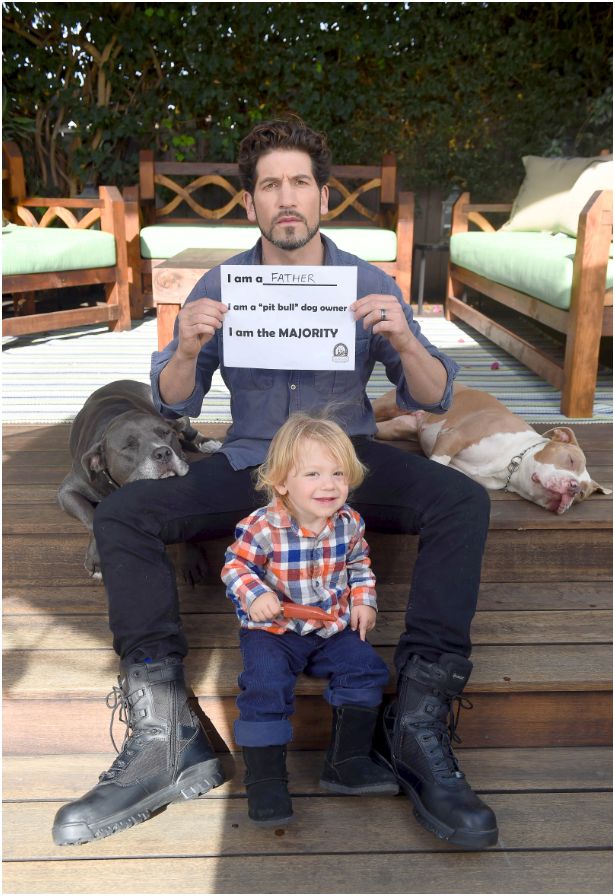What Do You Do When Someone is Wrong on the Internet?
Have you seen that cartoon floating around Facebook of a man furiously typing away at his computer? His wife says it’s time for bed, and he replies he can’t go to bed because “someone is wrong on the internet!”
It’s funny because we all know that feeling… that feeling when you encounter a comment on your blog or a social channel, or you see someone else’s post, and you know that they’re wrong. But, of course, staying up all night pounding away at the keyboard won’t ever sway anyone’s opinions, which is where the cartoon’s subtle punchline lies.
That said, as professionals with a huge space and presence online, what do you do when someone is just plain wrong? What is your responsibility? What is the best way to handle inaccurate or incorrect info? What do you do when someone is wrong on the internet?
Here are my three tips, but I’d love to know yours in the comments!
First, do no harm.
OK, we’re of course not doctors, but it’s a pretty good general rule for much of life. When you see a comment that’s egregious, it’s so tempting to fire off a, “NUH UH! How can you be so stupid?” Of course, that only serves to insult the other person, who likely will dig into their position in defense.
If you read the comment, share, or post and feel riled up, grab your cat’s teaser toy and play for a few minutes. Leash up the dog and walk around the block. Cool off and allow your thoughts to settle before replying. You want to educate, not insult. Do no harm.
Then, craft your reply… if one is warranted.
A response isn’t always your wisest, well, response. Consider the source, then decide if you can reply calmly and rationally to spark a discussion. The reality is that not everyone is open to discussion. Our time is precious, so choose to engage wisely. If it’s a fiery opinion that you can back up with facts, always do so. An argument will always be stronger when you have sources and data.
Consider taking an extra minute to craft your reply in the body of a blank email or a Word doc so that you can dedicate time to edit without the itchy “publish” finger. Then, copy and paste your well-thought-out, reasoned, fact-based reply into the blog or social platform.
Finally, always assume the best.
Yes, you may know in your heart and in your head that this person is just wrong. Remember that, just like you, everyone is trying their best. Perhaps that person hasn’t yet read the article that you’ve read or perhaps they simply miscommunicated their true intentions. Rather than assume the worst about that person–they’re soooo stupid, didn’t they see this new study?–always assume the best.
That’s the beauty of working and socializing in an online community; there are always conversations and dialogue designed to help each other… but the trick is to approach that dialogue from a place of kindness with the assumption that the person really is doing and trying their best. They might not be open to the conversation, and that’s OK. Sometimes letting a discussion go is the best thing we can do for ourselves!
Let’s discuss: Have you encountered a big discussion about a topic you felt strongly about? What do you do when you encounter someone spreading an incorrect or inaccurate message? How do you handle negative comments on your own blog?
Maggie Marton serves as the BlogPaws senior editor. When not hiking with her two pit mixes, Emmett and Cooper, or playing with Newt the Cat, Maggie writes about them (and the pet industry) at ohmydogblog.com and maggiemarton.com.







